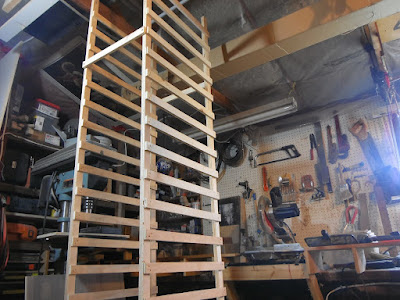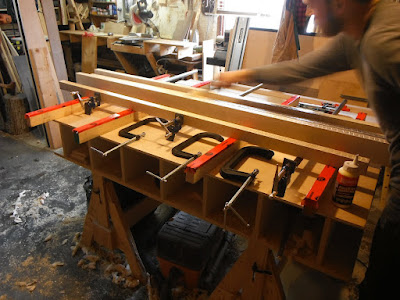Whew!
That seemed very fast. Here we are in October, so I thought I would post a summary of the work over the summer. It was a busy one. Check out some of the new outdoor spaces that our clients are enjoying.
A beautiful deck with wrap-around steps.
Also gained is a new dining area.
Putting a deck just a single step from grade really bridges the indoor with the outdoor. The backyard is easily accesible from all sides of the deck.
The stellar stone work on both projects was done by Ultra-Lock. I love the combination of decking and stone.
Bonus photo! This deck used to feature those iron posts and railings that were prevalent in the 60's. We changed them out with a new, low maintenance vinyl railing. Looks sharp.
I hope you all had a great summer! Here comes winter...















































